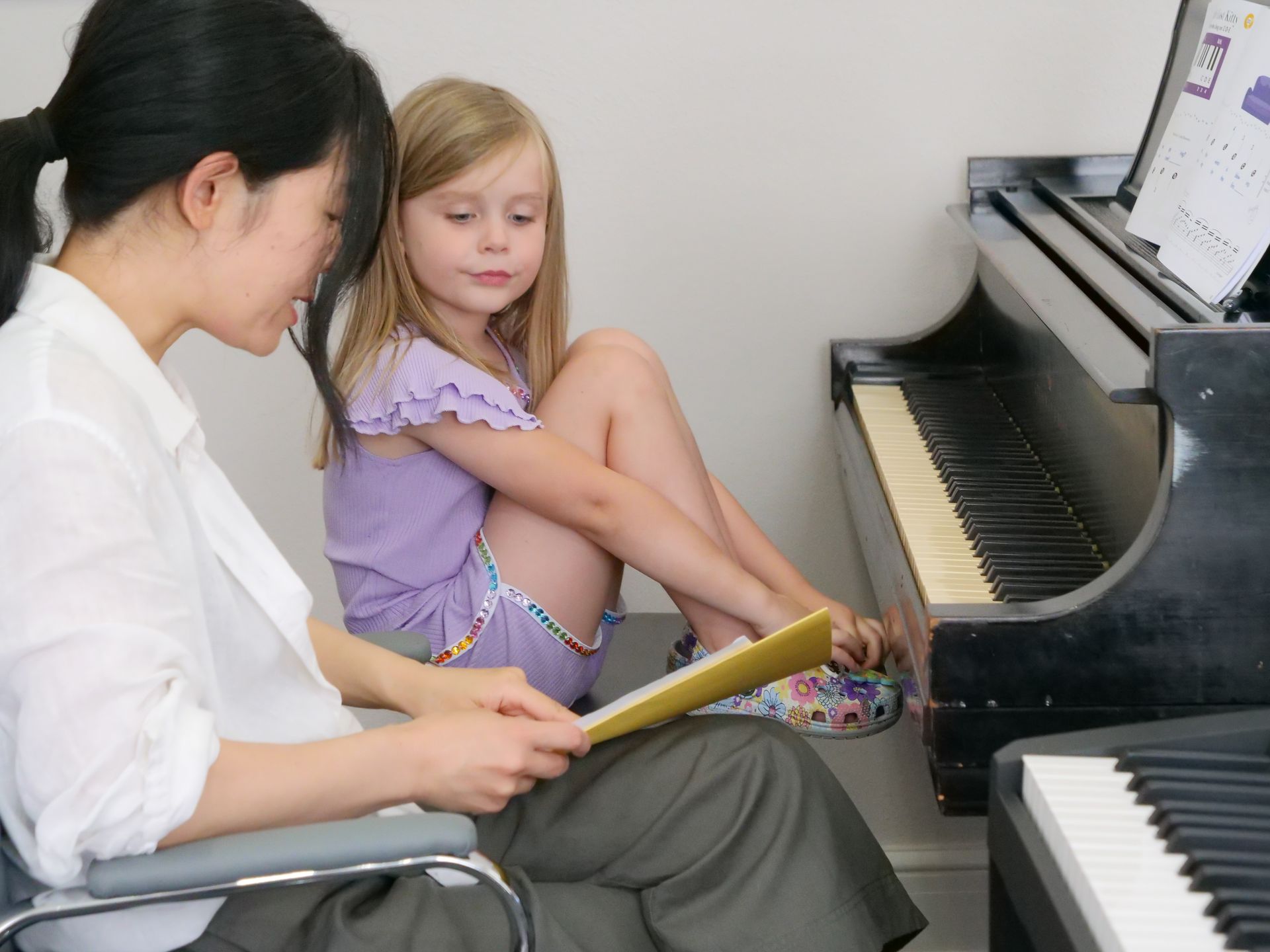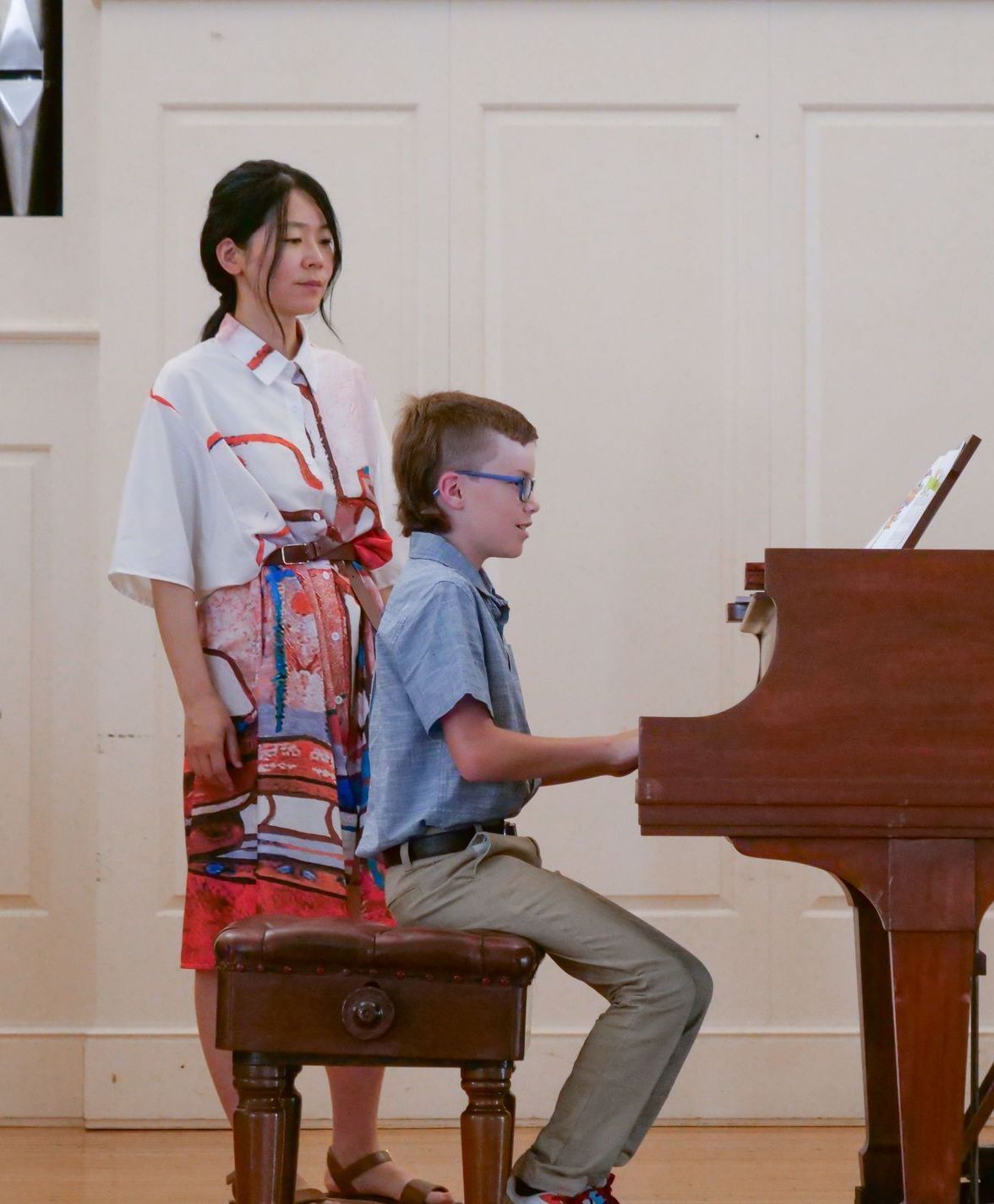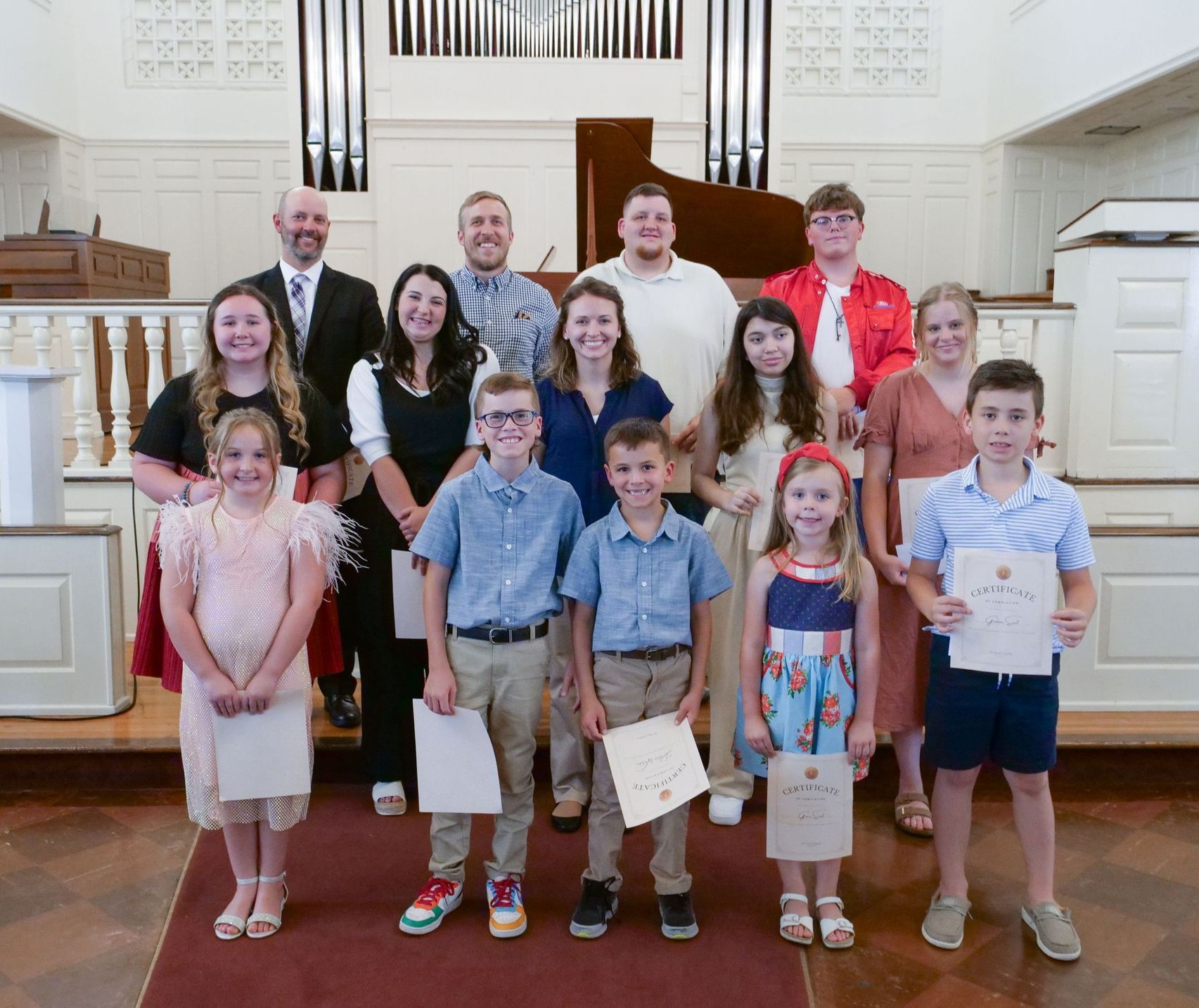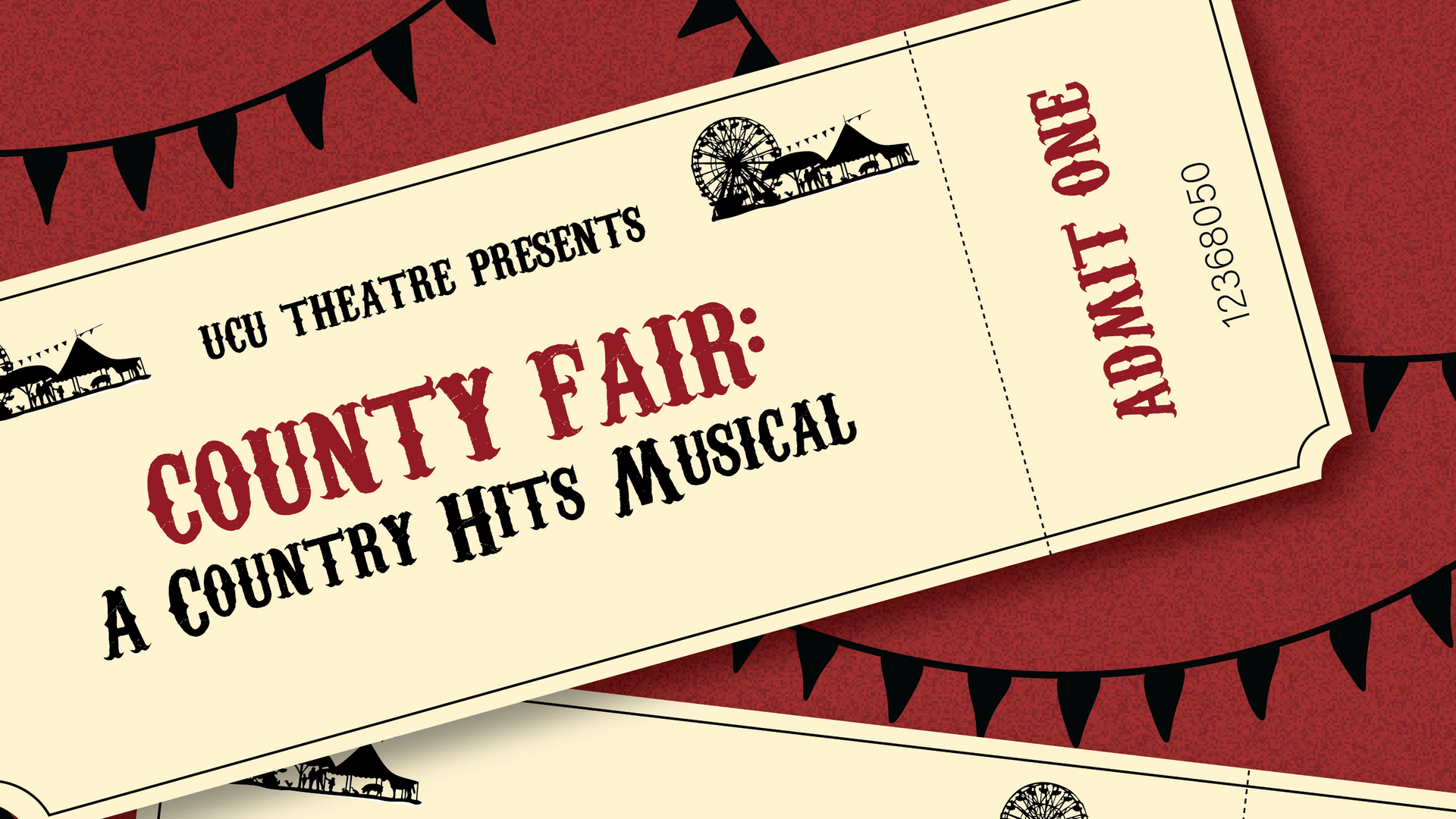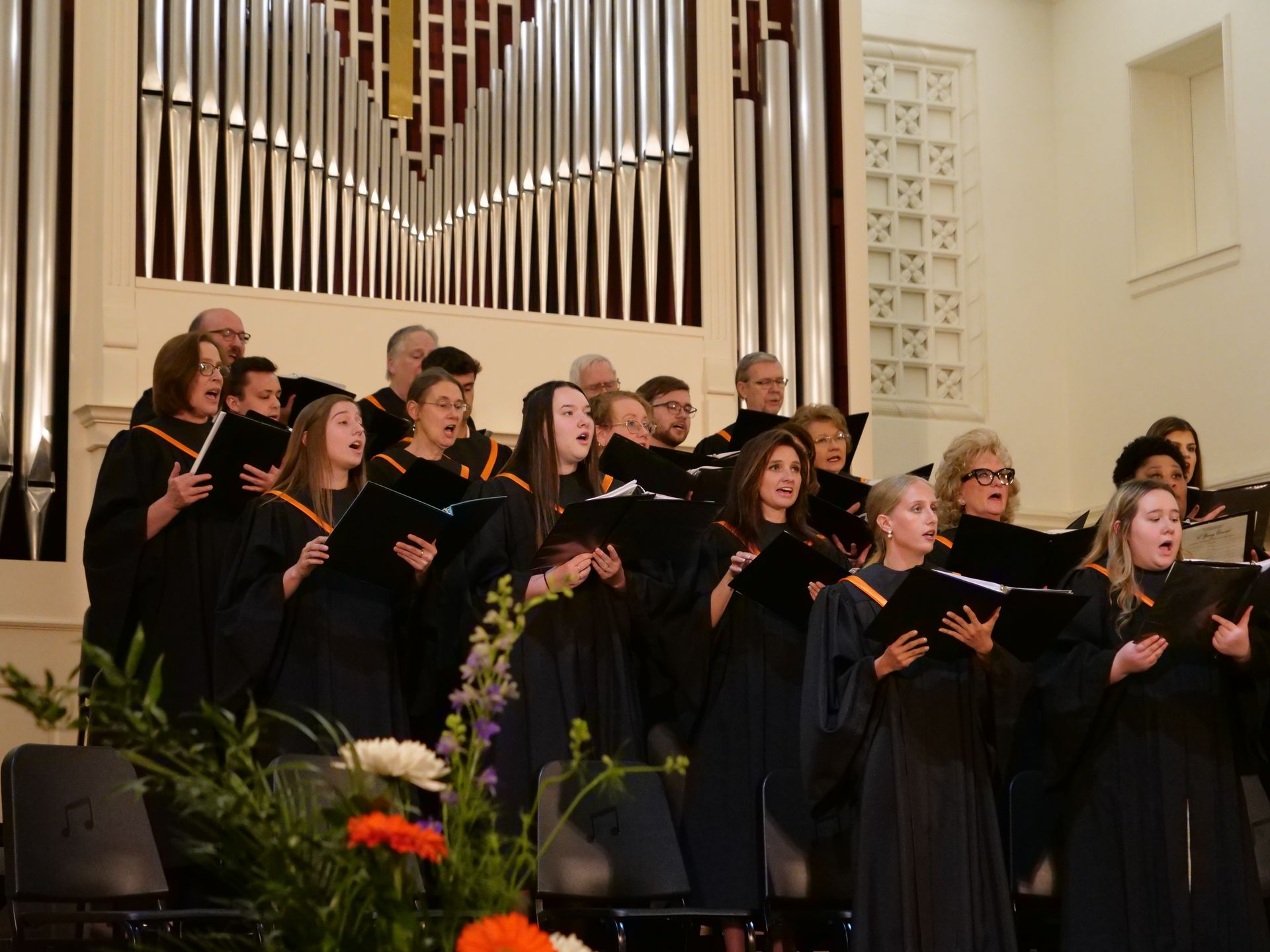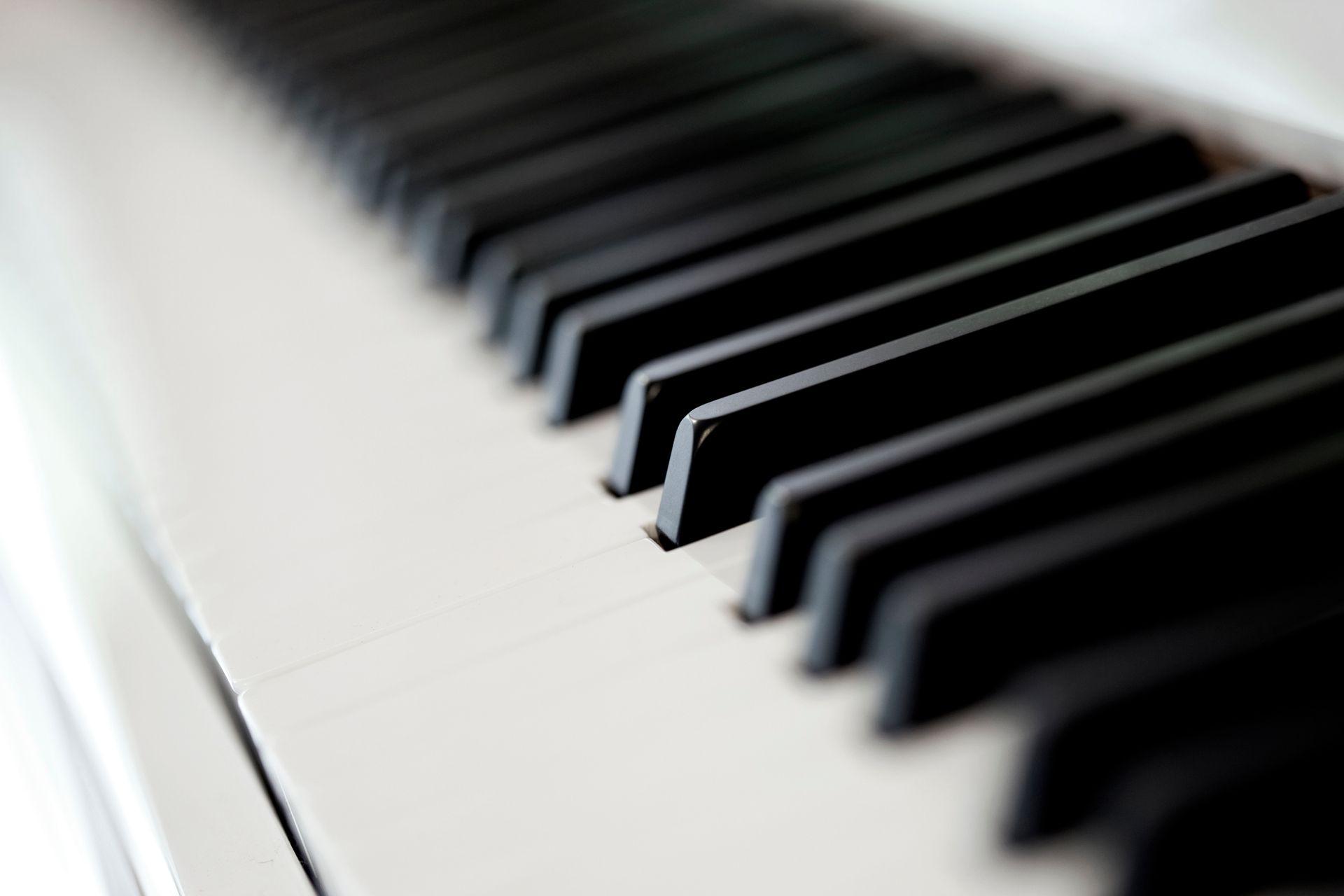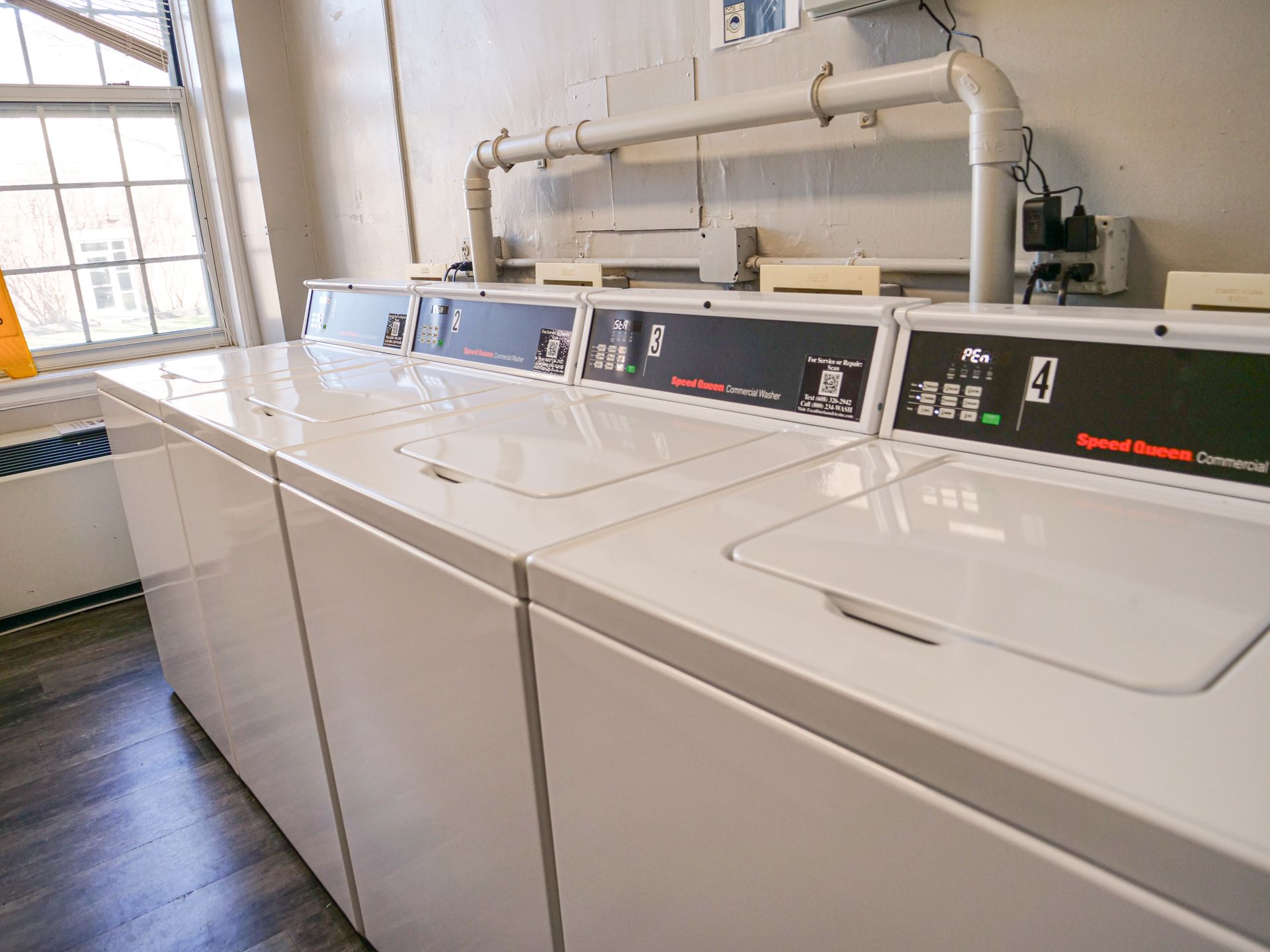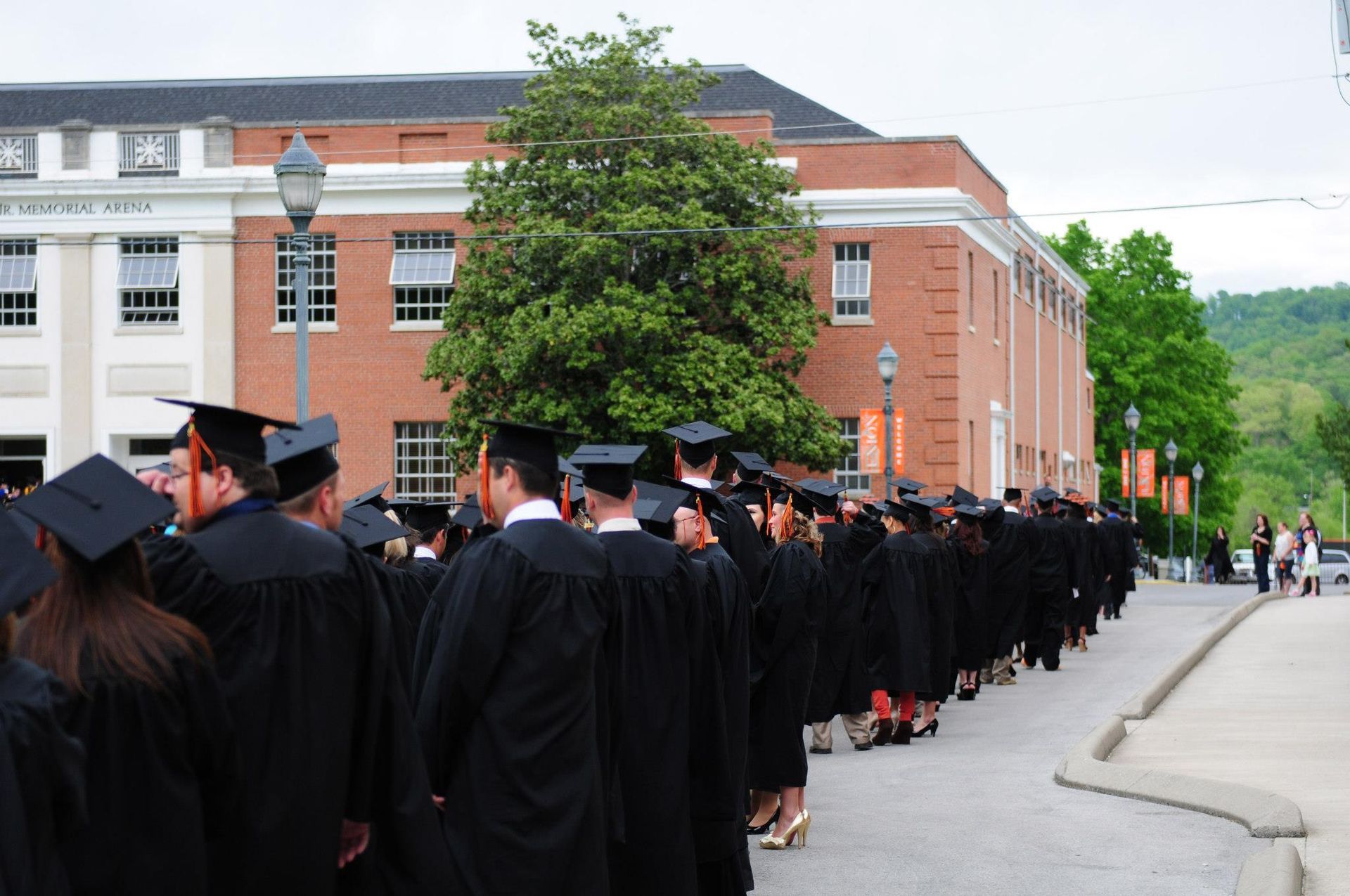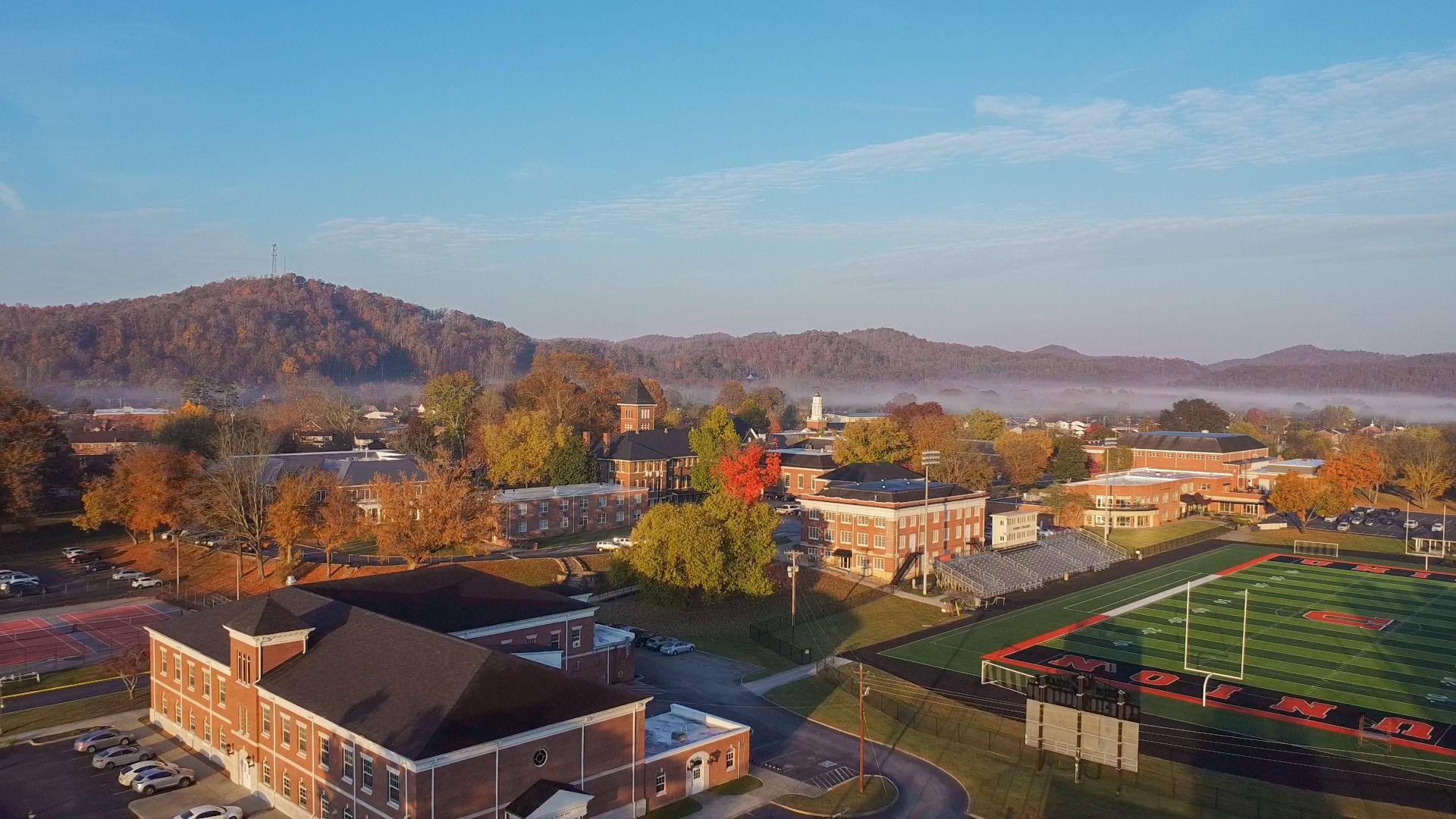“How would you feel if a dinosaur came to your music class?” Dr. Yukiko Fujimura asks six-year-old Grace Scent as they sit together at the Steinway grand piano in Fujimura’s office.
Grace answers with a shocked grimace and wide eyes darting from side to side. Fujimura chuckles as she hands her the deck of musical expression flashcards they’ve been working with. “Can you find a card that matches that feeling?” she asks.
The little girl shuffles through the brightly colored cards until she finds a yellow face with big round eyes, high eyebrows, and an o-shaped mouth. It reads “Surprised.”
[PHOTO: Dr. Fujimura talks through a new piece of music with Grace]
“Yeah, I think so, too,” Fujimura says encouragingly. She then asks if Grace would feel more happy-surprised or worried-surprised, showing her the pink, smiling “Happy” face and then the gray, tense “Worried” face. Grace points to “Worried” and adds, “also scared.”
Fujimura finds the blue “Scared” face and then sets all three cards on the music rack alongside the new piece Grace is learning: “Dinosaur Music Night” by Nancy Faber. She asks Grace to try expressing each emotion, one at a time, through the piano. Grace tries different dynamics and octaves as she practices the piece and learns to express her emotions musically.
An Assistant Professor of Music at AVͷ�Ȳ� (UCU), Fujimura says that using the flashcards with students transforms their playing dramatically: “They start to get creative with it because they feel like they own the music. They might add a different rhythm, or they might start experimenting with different range, and I encourage all of that because that's part of the process of making the music their own.”

